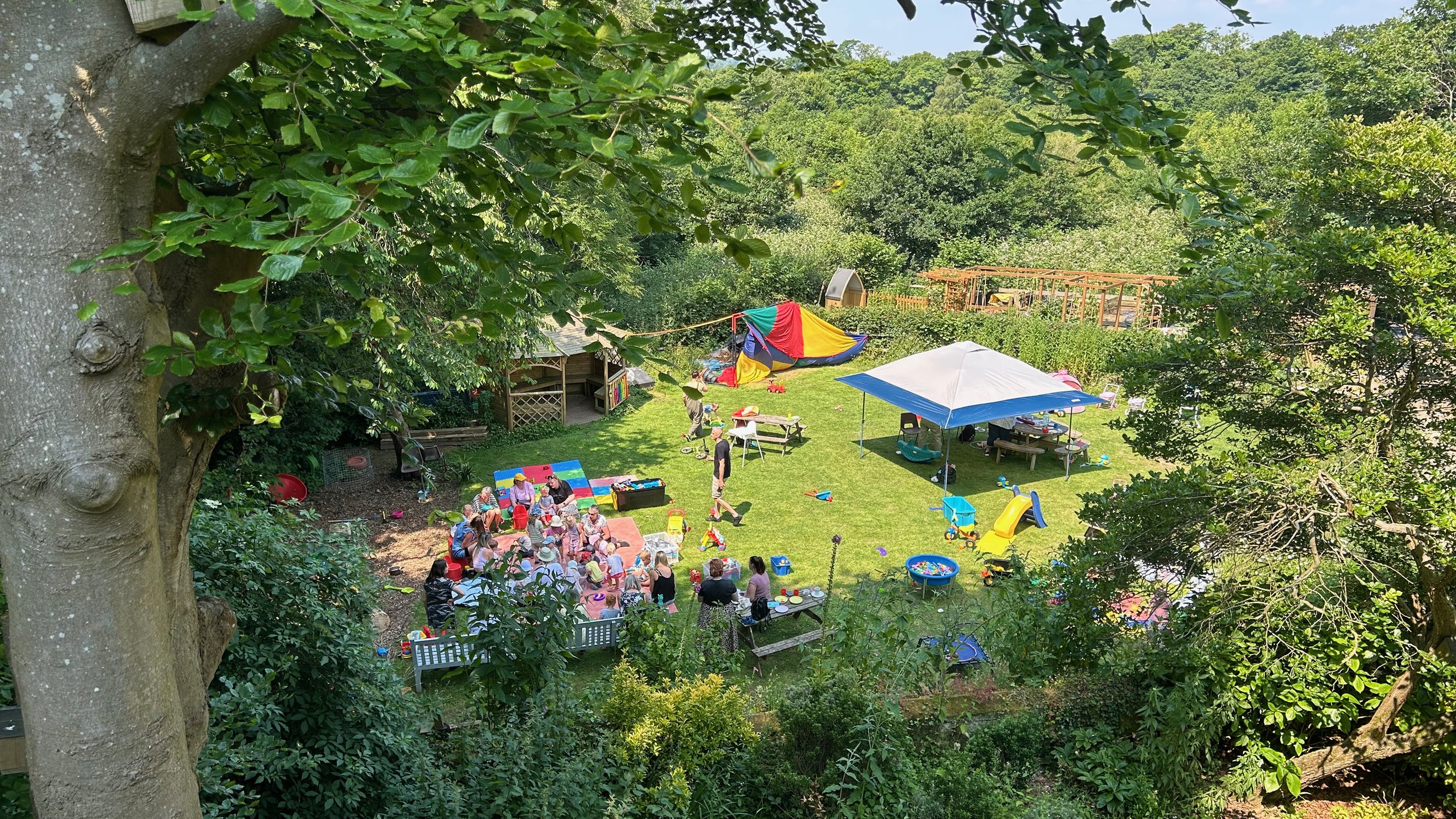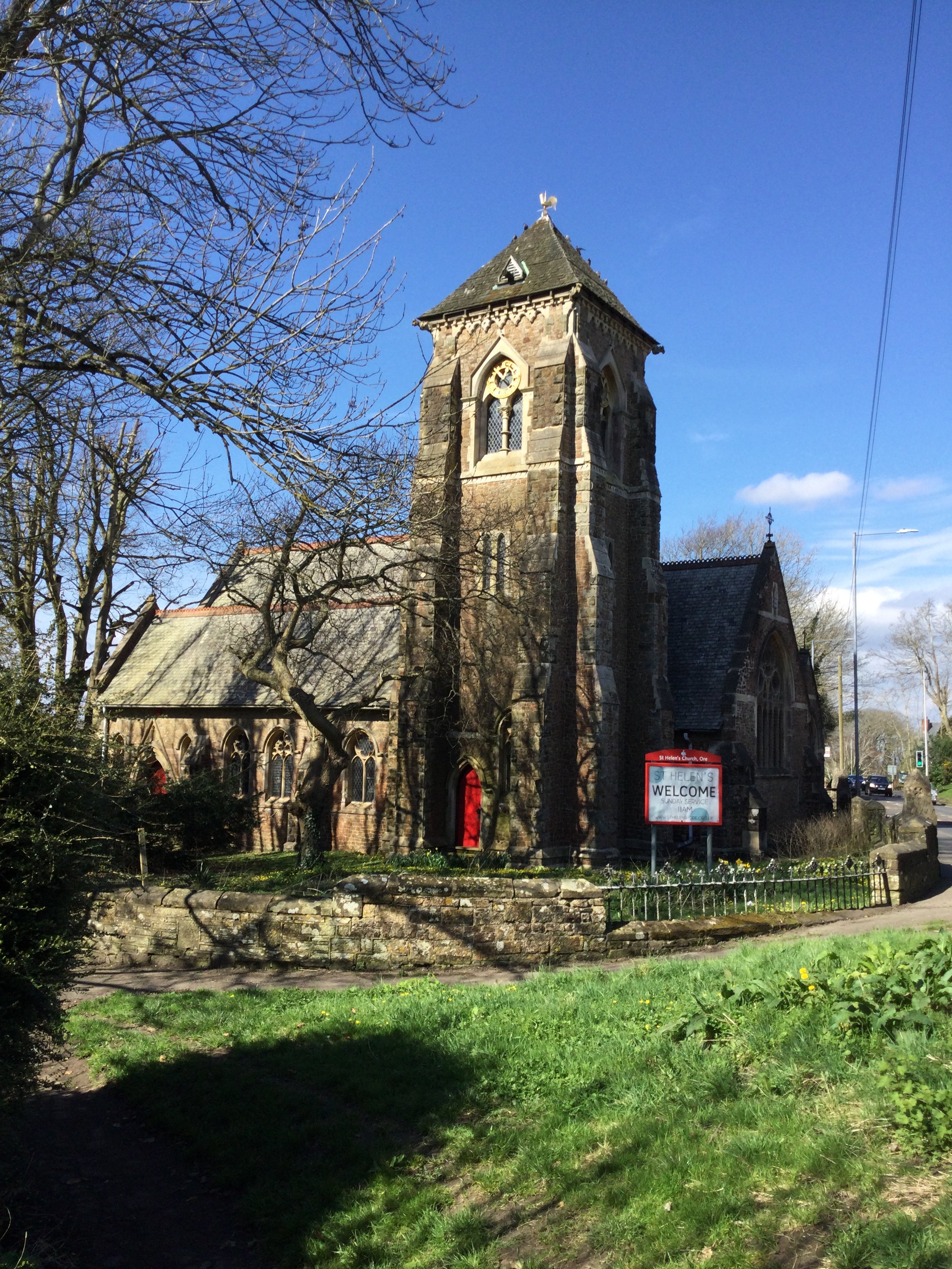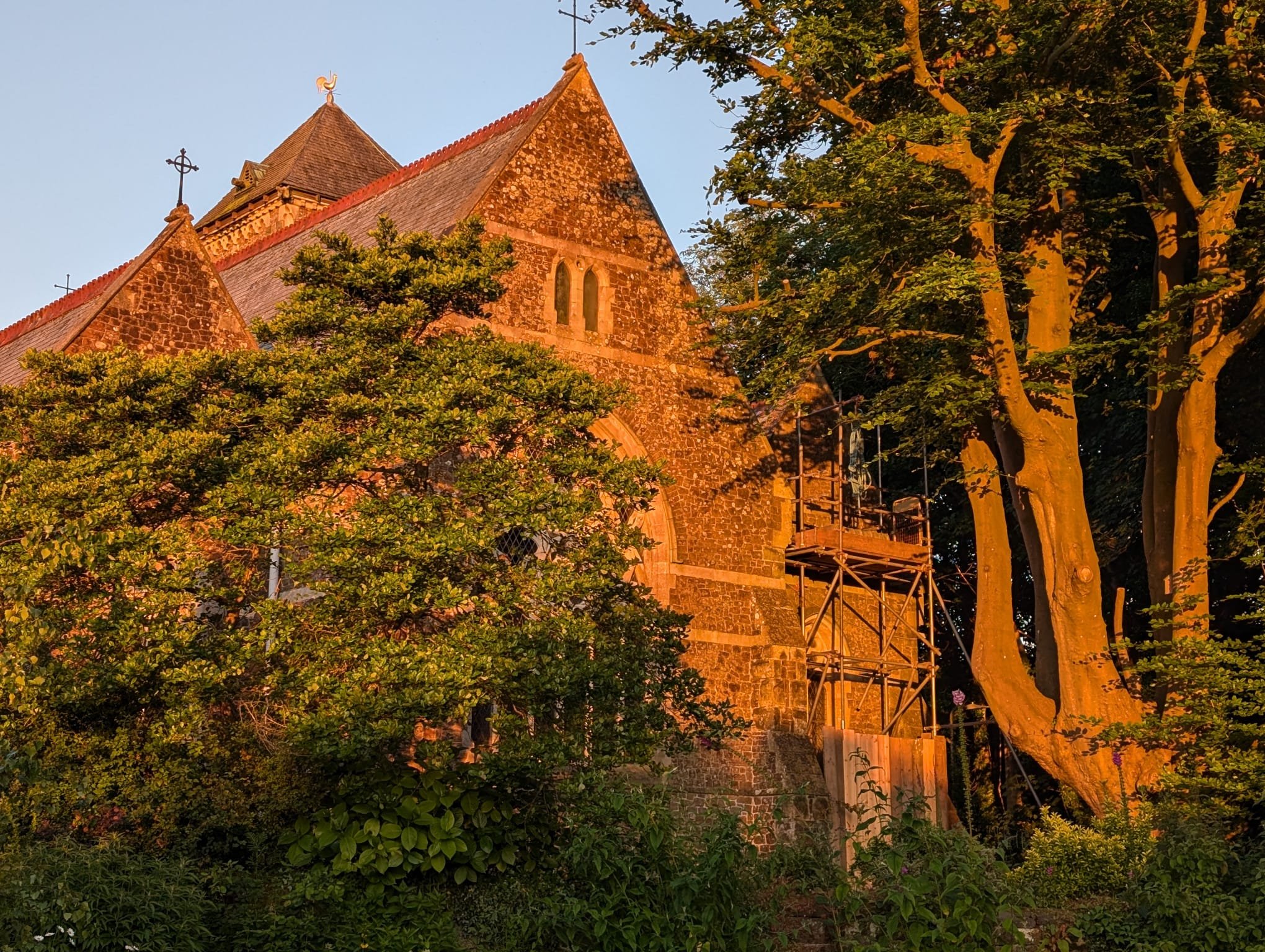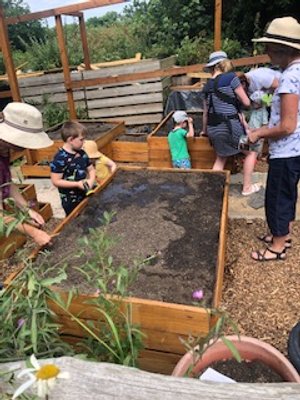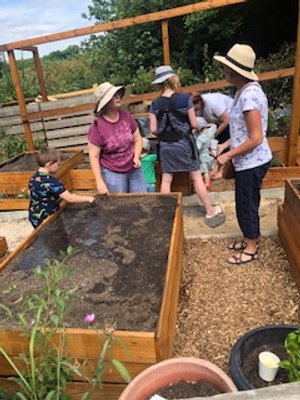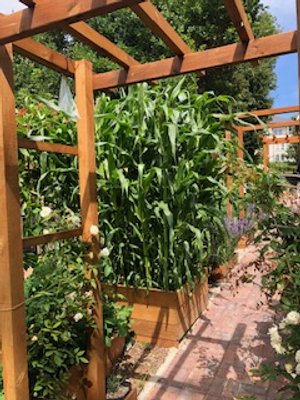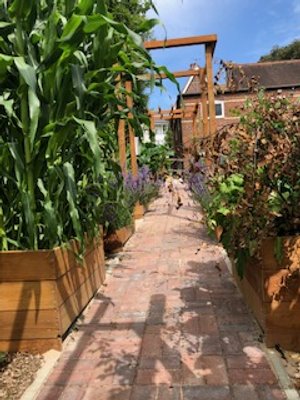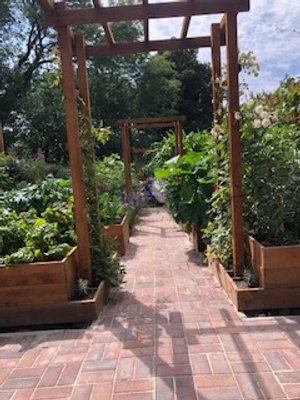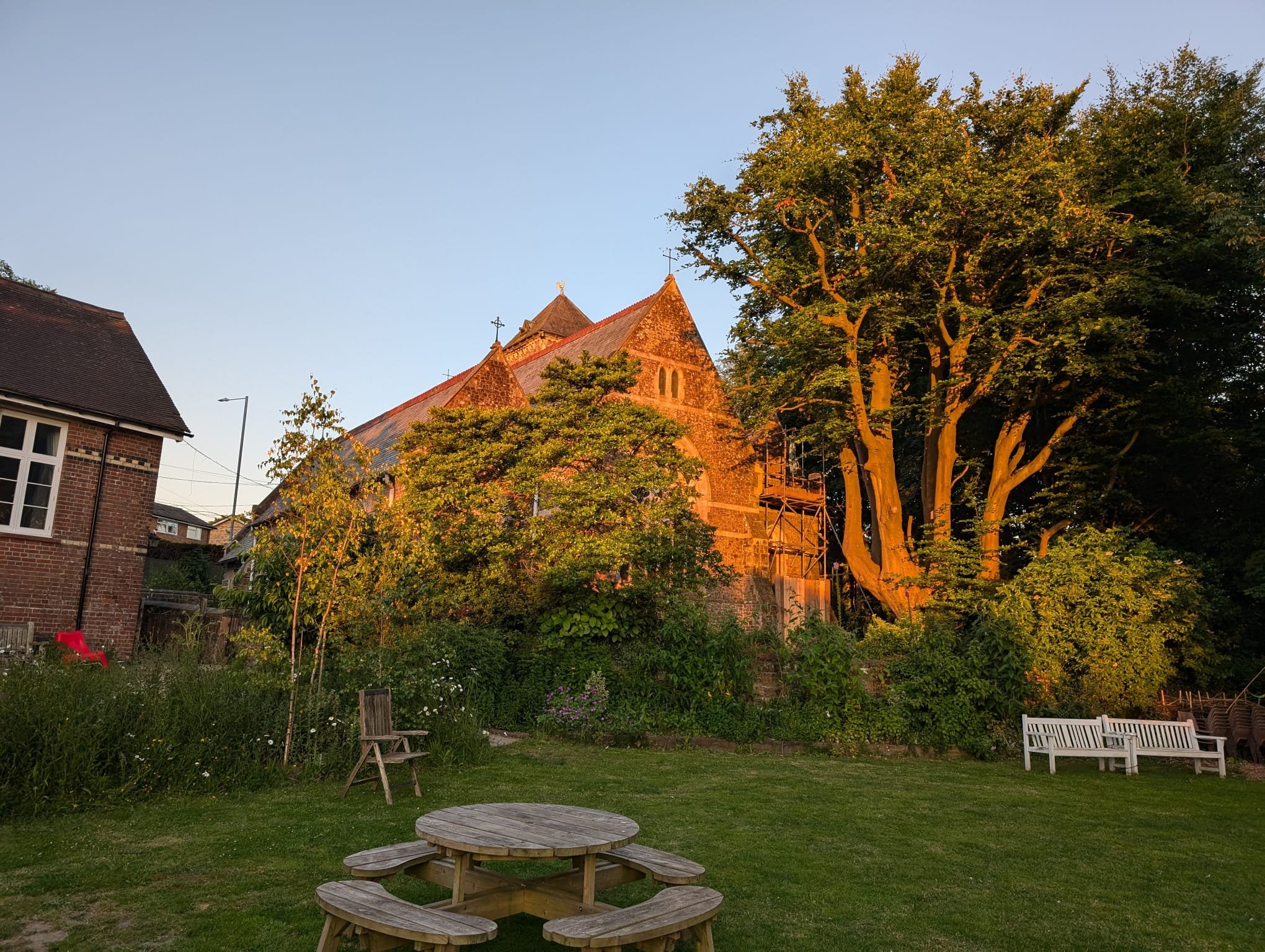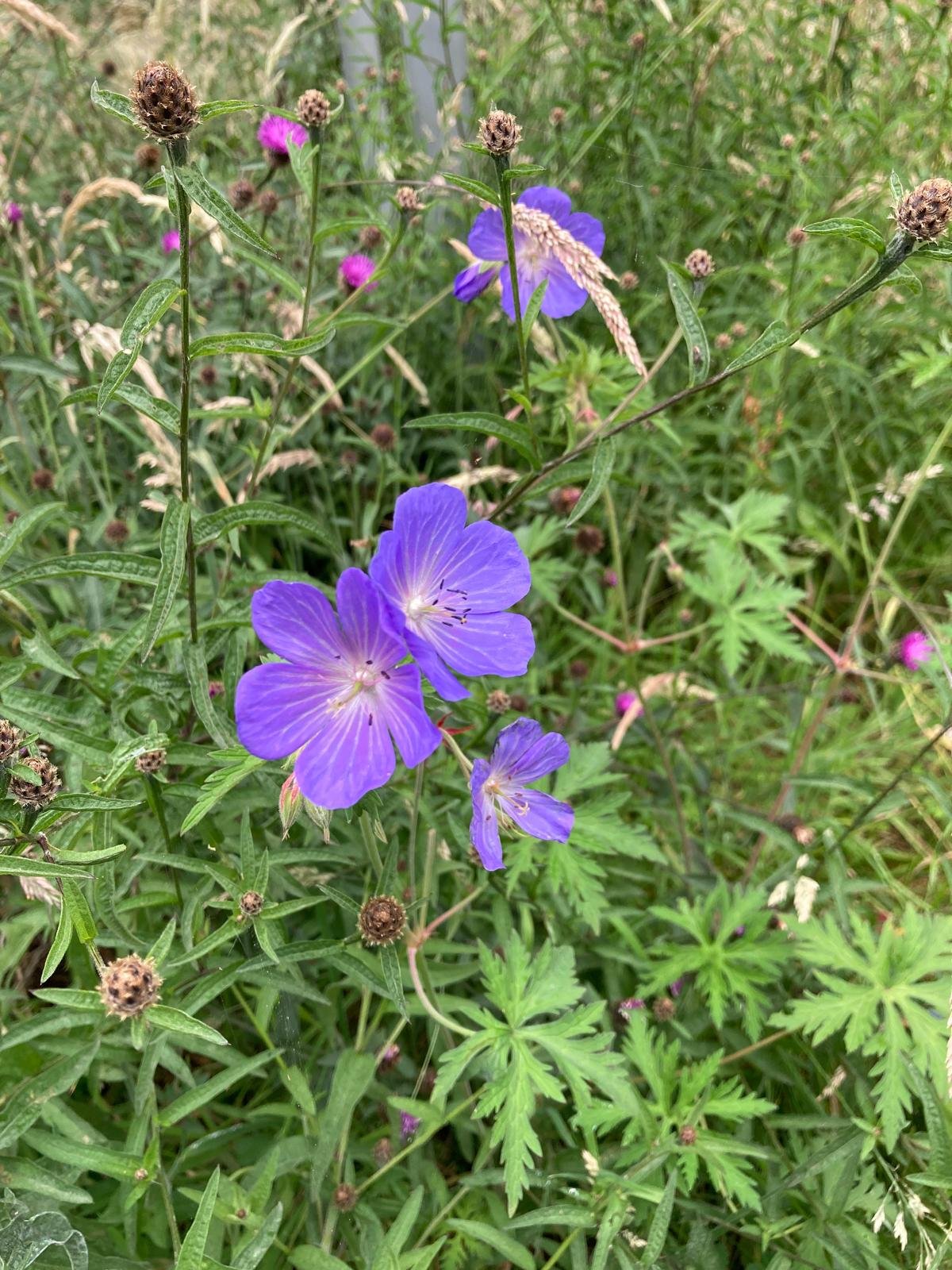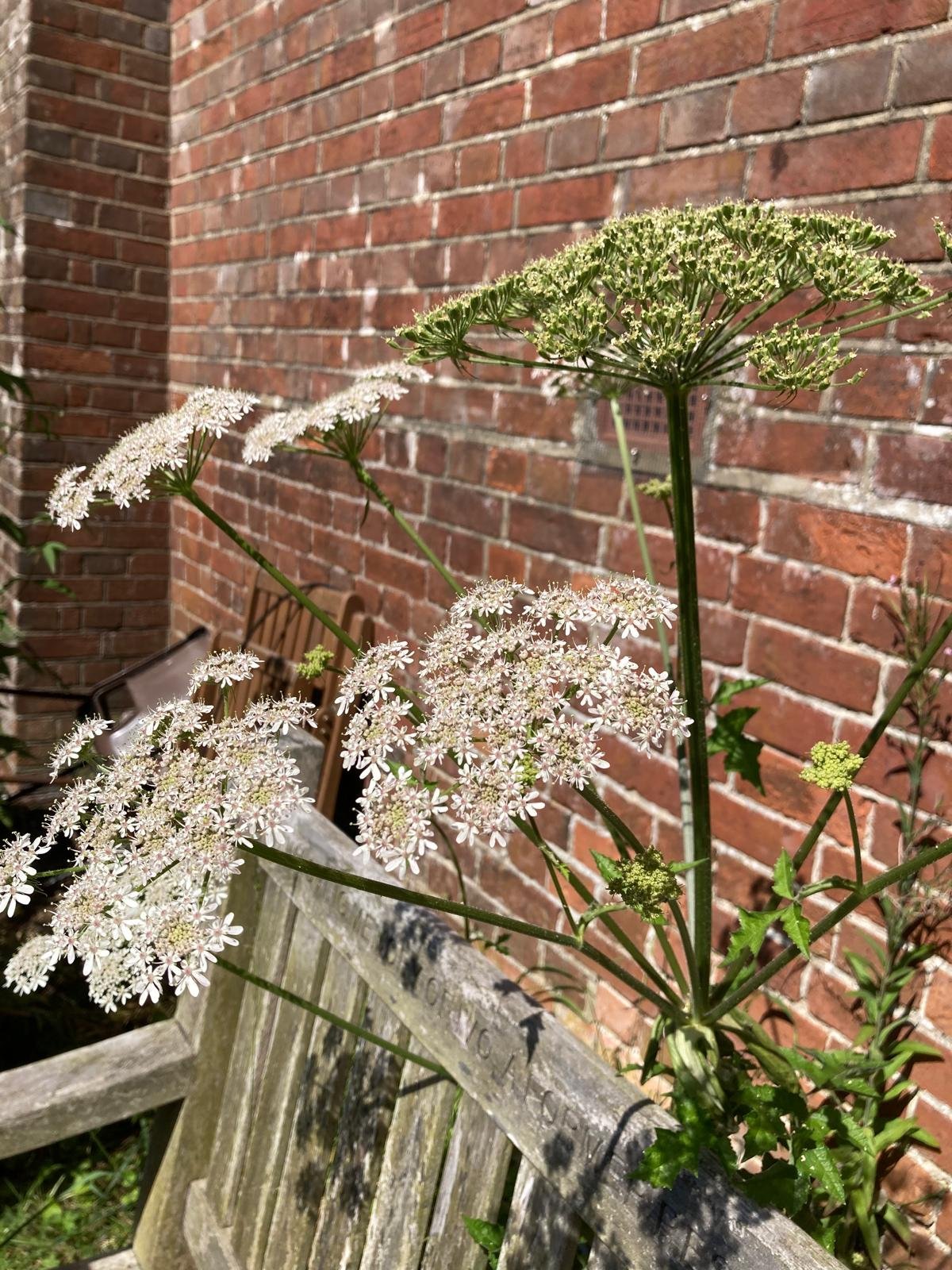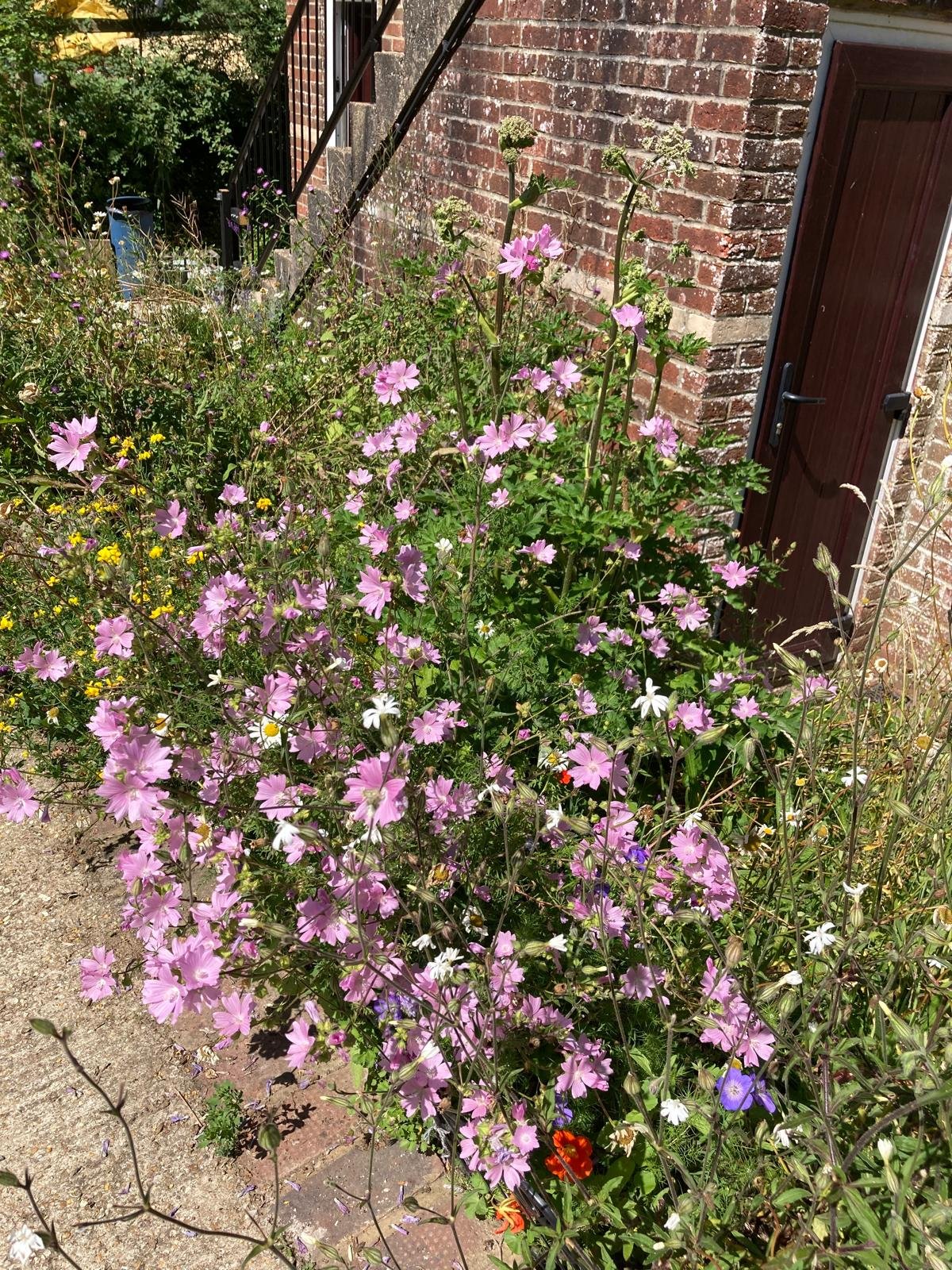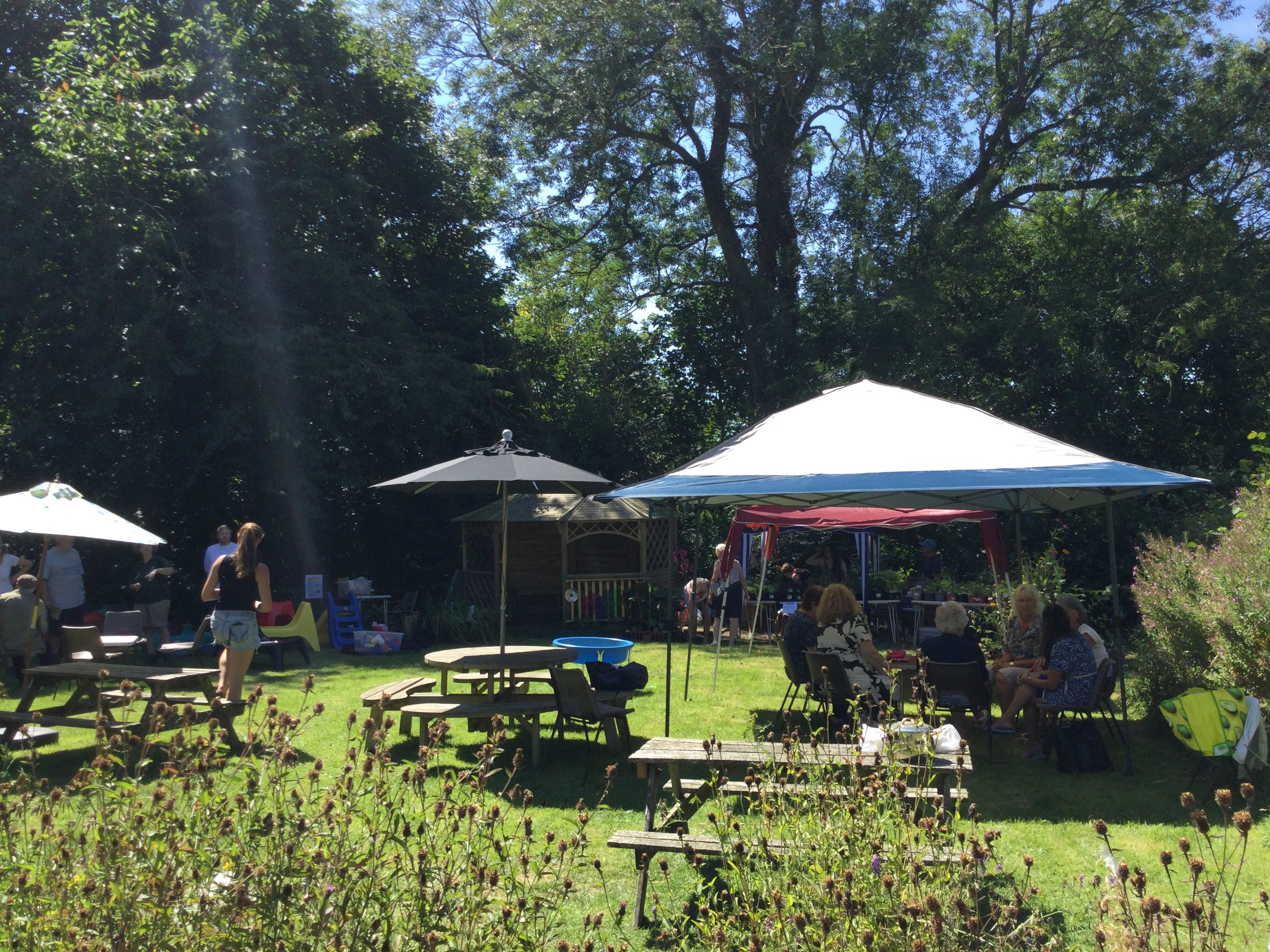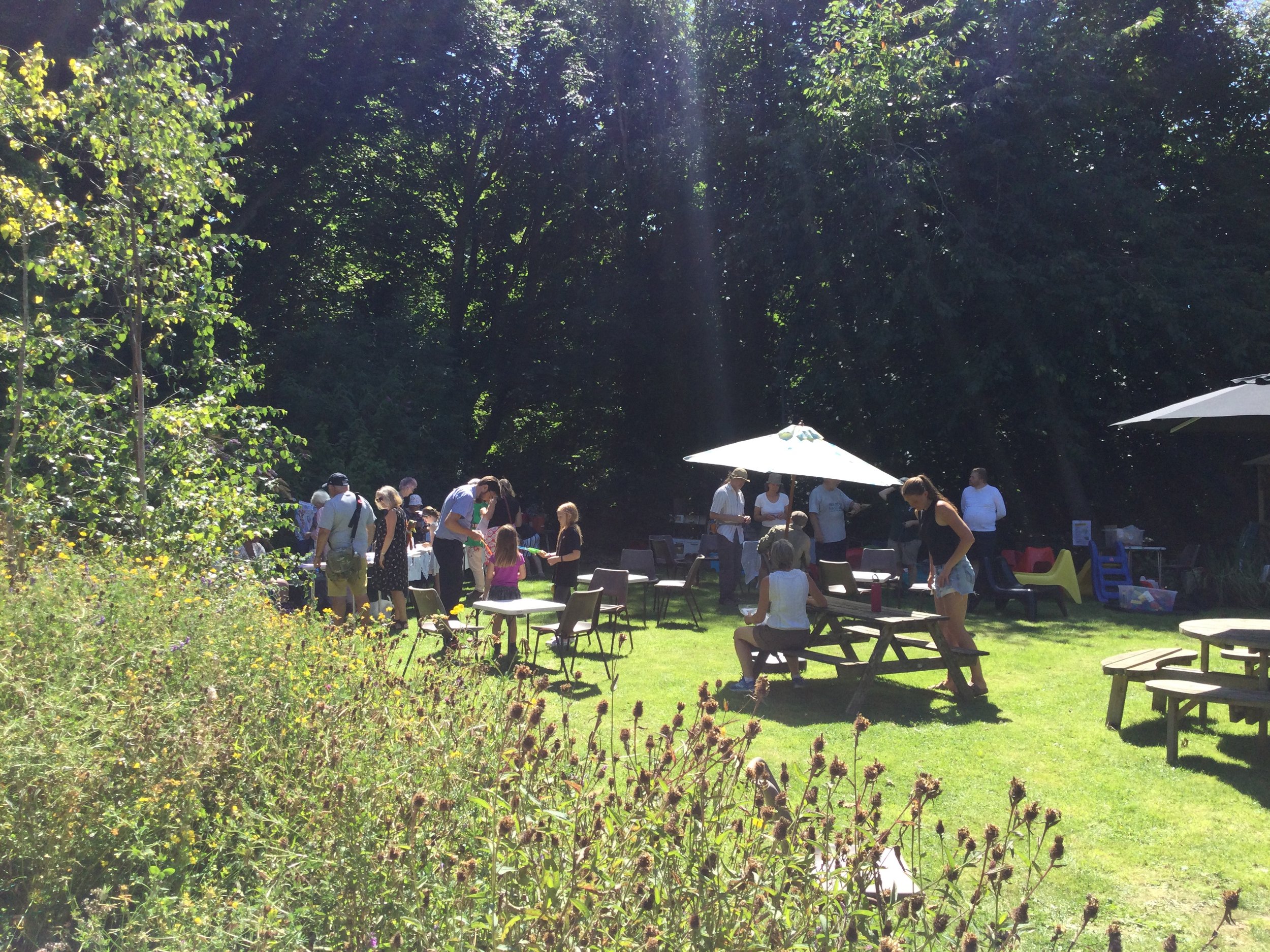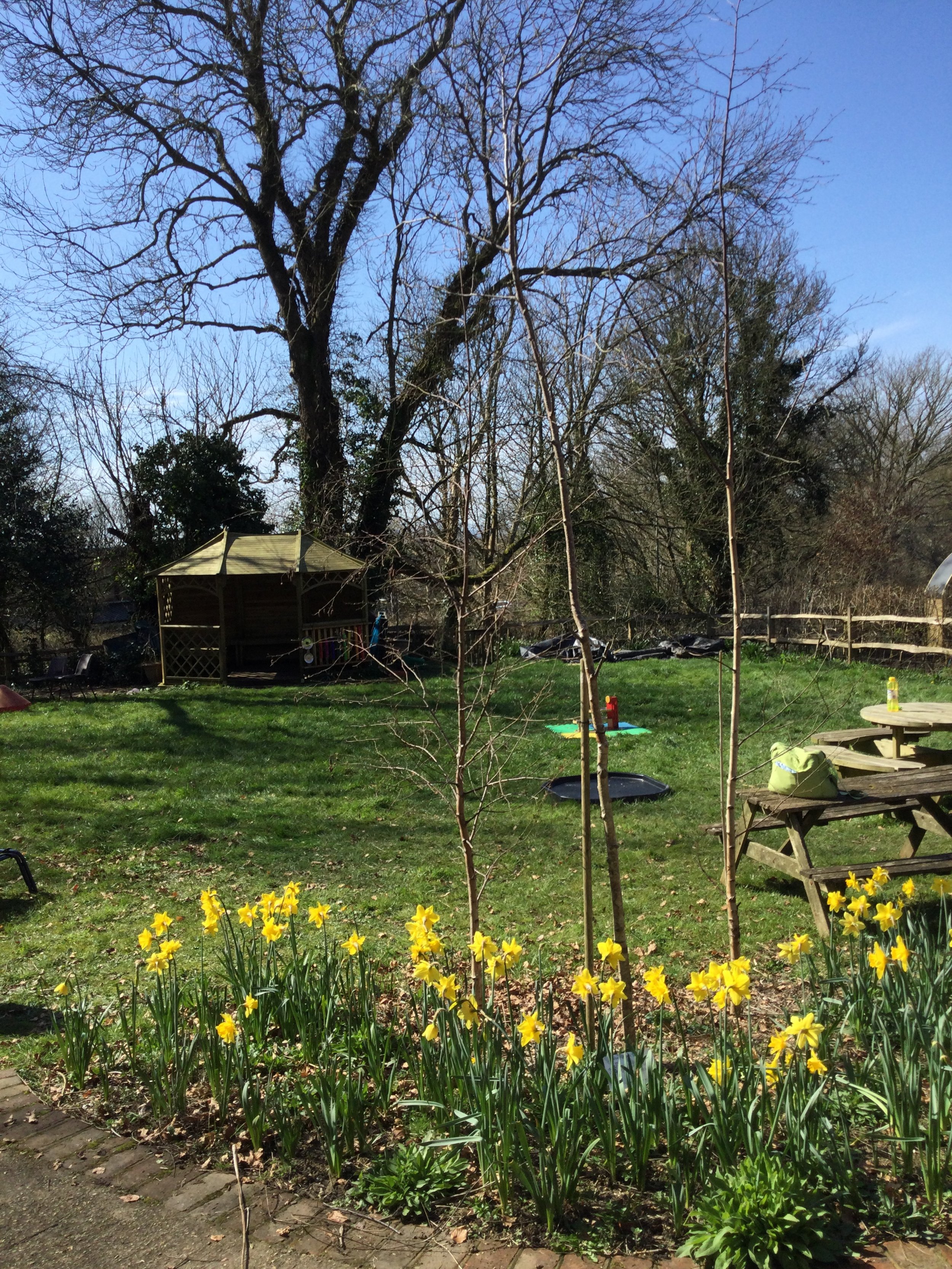
What’s going on in the garden?
St Helen’s Community Allotment
Welcome to our Community Allotment, a vibrant and nurturing space nestled within our church garden! This area is dedicated to fostering community spirit, promoting sustainable living, and providing a peaceful retreat for all who visit. Here, members of our congregation and local community come together to grow fresh produce, share gardening tips, and enjoy the beauty of nature.
Whether you are an experienced gardener or just starting out, there is a place for you in our community allotment. Join us in nurturing the land, harvesting its gifts, and building a stronger, greener community.
For more information on how to get involved, please contact us or visit during our open garden hours which are Wednesdays from 12pm.
Why isn’t the grass being cut?
In 1930, there were wildflower meadows in every parish. Since then 97% have been destroyed (7.5 million acres). This area is part of the 1% of land remaining that is ‘unimproved’ grassland. Meanwhile, the number of flying insects has dropped by 65% in the south of England in the last 20 years. This is linked to pesticide use and habitat loss, and projected to continue at 2.5% each year.
Our pollinators are at risk. Honeybees only pollinate 5-15% of our insect pollinated crops. The rest is done by wild bees, wasps, hoverflies, moths, flies and beetles. Three types of bumblebees have become extinct. One in ten wild bees face extinction, and half the bee, butterfly and moths studied in 2013 (State of Nature Report) have declined.
However, small changes in our gardens can make a difference. Longer grass and pollinator friendly flowers are vital for invertebrates to thrive.
We plan to:
Mow at the end of summer with intermittent “grazing”
Seeding and plug planting which will increase the number of flowers. This should produce a wildflower meadow, which will eventually look more like ‘Great Dixter’ , rather than ‘neglected building site’!
Create a seating area underneath the tree
References, Natural History Museum, Wildlife Trusts, Kew Gardens, Buglife International, Gov.org, The Independent, Royal Horticultural Society.

